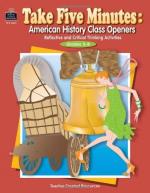|
This section contains 896 words (approx. 3 pages at 300 words per page) |

|
The spirit of protest —whether generated by radicals and labor unionists, by critics such as George and Bellamy, or by farmers reeling from low prices—animated third-party politics in the 1880s and 1890s. During the 1880s diverse agrarian organizations such as the Farmers' Union, the Texas State Alliance, and the National Colored Farmer's Alliance joined forces to form two large national organizations: the Southern Alliance and the National Farmers Alliance of the Northwest. These groups singled out several enemies, including the "Eastern money interests" that controlled monetary supply and policy, the network of middlemen who moved crops from field to market, the large railroad companies whose influence over the agricultural economy and national politics was widespread, industrial monopolies, and supporters of the gold standard. Eager for a solution to the many problems faced by farmers in the 1880s and 1890s...
|
This section contains 896 words (approx. 3 pages at 300 words per page) |

|




